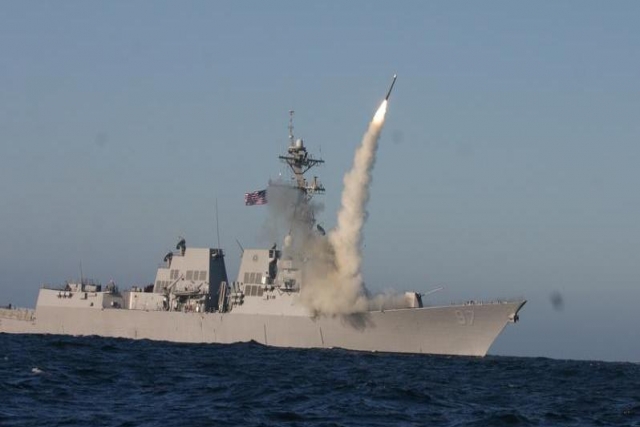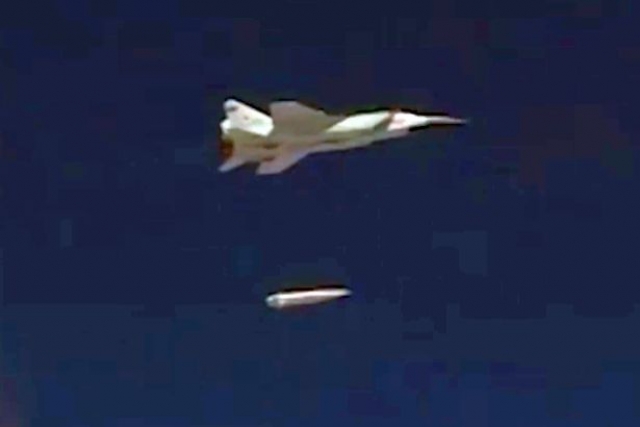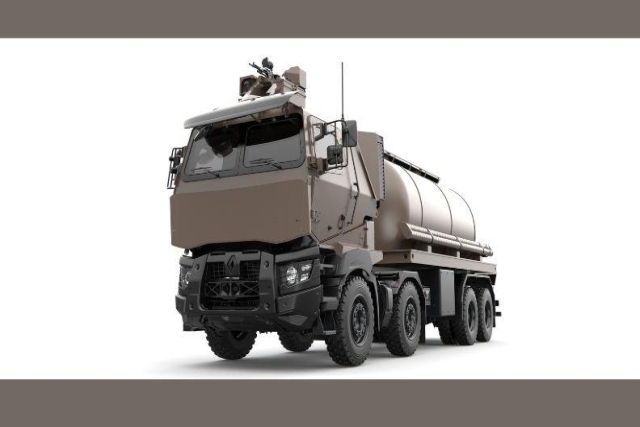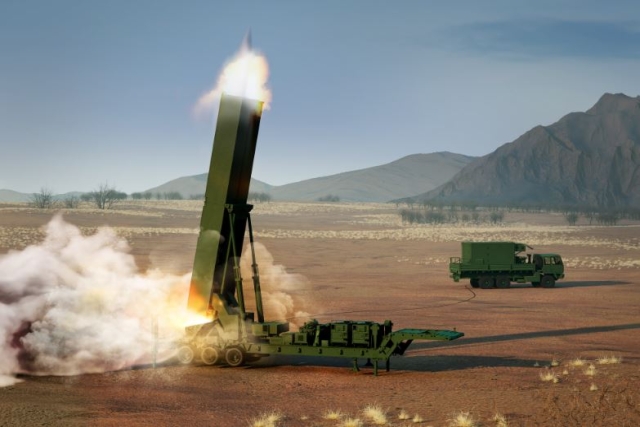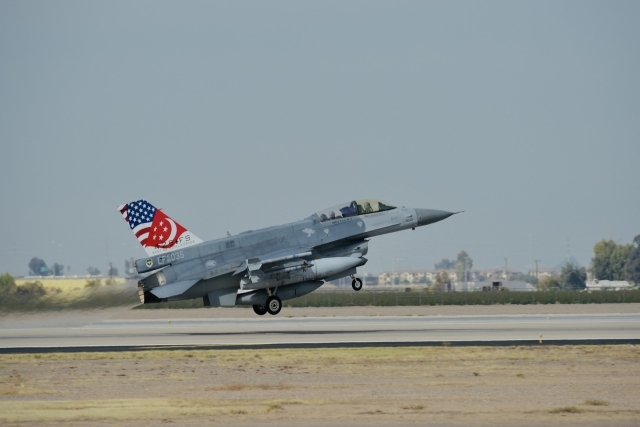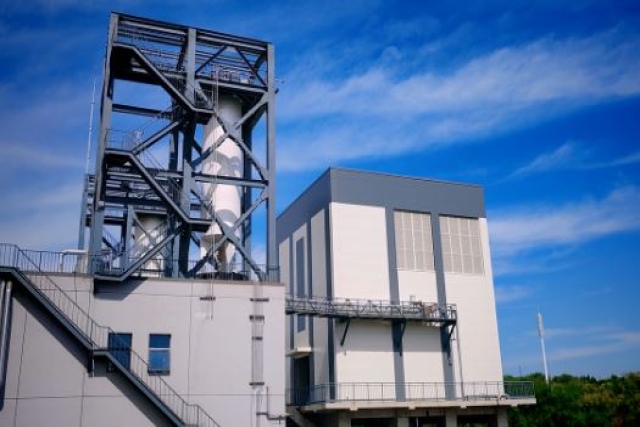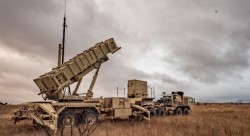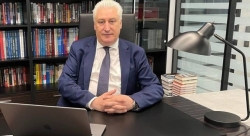South Korean Breakthrough Technology Doubles Capacity of Thermal Cells Used in Guided Weapons
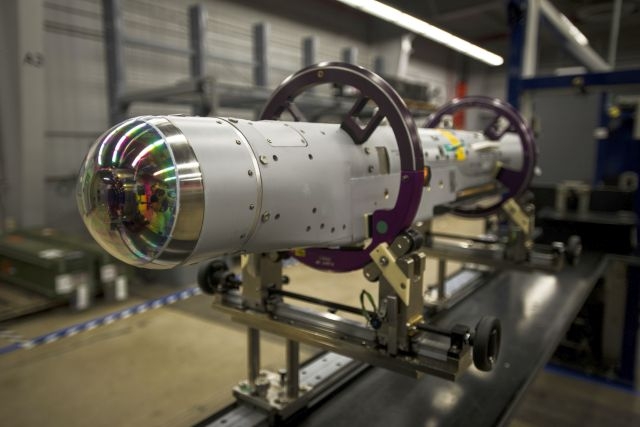
South Korean Researchers today announced the world's first development of a high-performance anode technology that can increase the capacity of thermal cells used in guided weapons to about twice that of existing foreign technologies.
Simply put, the technology will provide more power to the on-board electronics of guided weapons that in turn will allow them to perform more functions than current power management systems and/or to stay connected for a longer period of time.
The three-dimensional structure high-performance anode technology called LIMFA (Lithium Impregnated Metal Foam Anodes) developed by Senior Researchers Yoo-song Choi and Tae-young Ahn of the Defense Science Research Institute (ADD) was published in the British scientific journal, Nature on March 16th, 2022, an AAD release said.
The thermal battery used in guided weapons operates at a temperature of about 500℃ and a high load. The core of this technology is to ensure that the molten lithium is well impregnated into the porous metal body during manufacturing, and the lithium in the molten state (melting point 182° C.) during operation does not flow down at high temperatures and maintains the shape of the electrode under a high load.
This development can solve the limitations of long manufacturing time, high cost, and (reduced) capacity, which were considered as the shortcomings of the existing anode manufacturing process for thermal cells. It overcomes existing problems and secures performance with a process technology that melts and impregnates pure lithium in a porous metal material (metal foam).
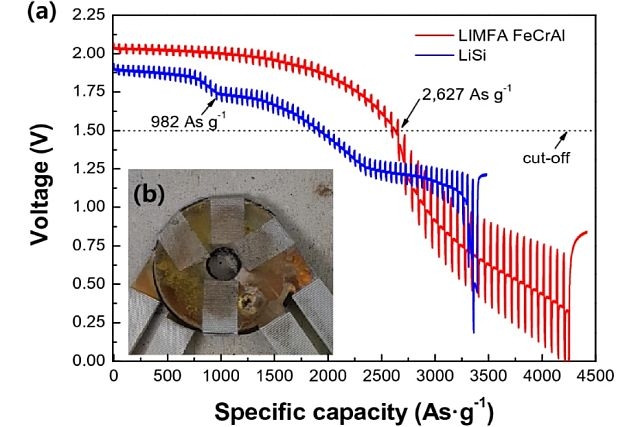
According to an abstract of the paper published in Nature:
A high-performance lithium-impregnated metal foam anode (LIMFA) is fabricated by impregnating molten lithium into a gold-coated iron–chrome–aluminium (FeCrAl) foam at 400 °C.
A test cell employing the LIMFA FeCrAl anode exhibited a specific capacity of 2627 As g−1. For comparison, a cell with a conventional Lithium Silicon- Li(Si) anode was also discharged, demonstrating a specific capacity of 982 As g−1.
This significant improvement in performance can be attributed to the large amount (18 wt%) of lithium incorporated into the FeCrAl foam and the ability of the FeCrAl foam to absorb and immobilize molten lithium without adopting a cup system.
The LIMFA FeCrAl provides the highest-reported specific capacity and a flat discharge voltage curve of molten lithium. After cell discharge, the FeCrAl foam exhibited no lithium leakage, surface damage, or structural collapse. AAD intends to use this technology in the future development of batteries for guided weapons.

